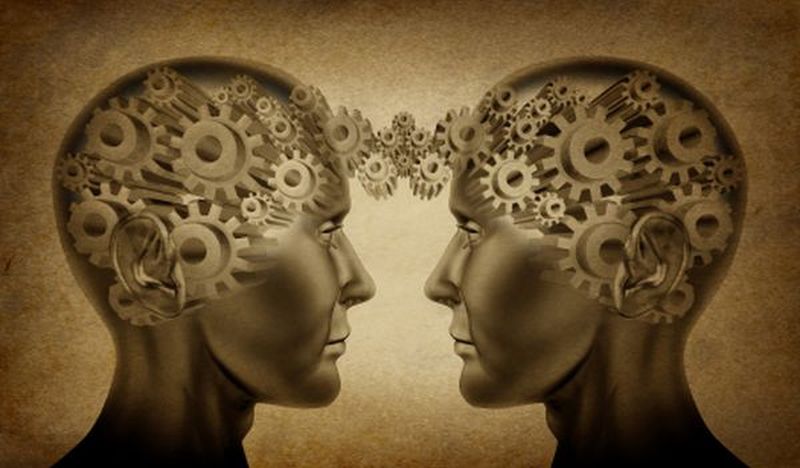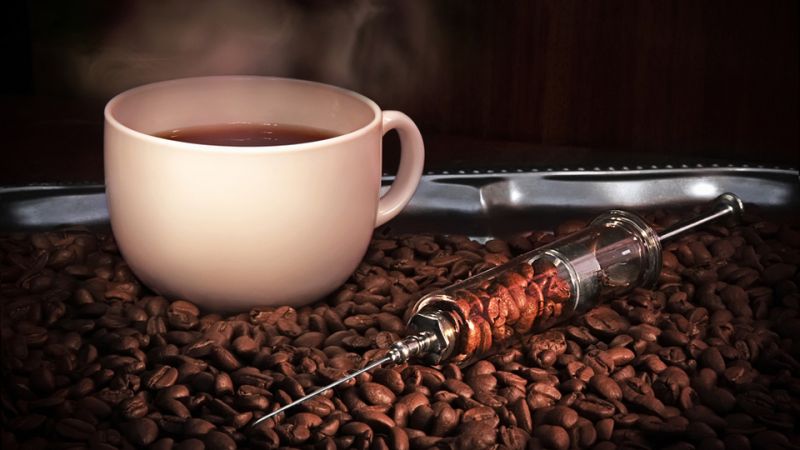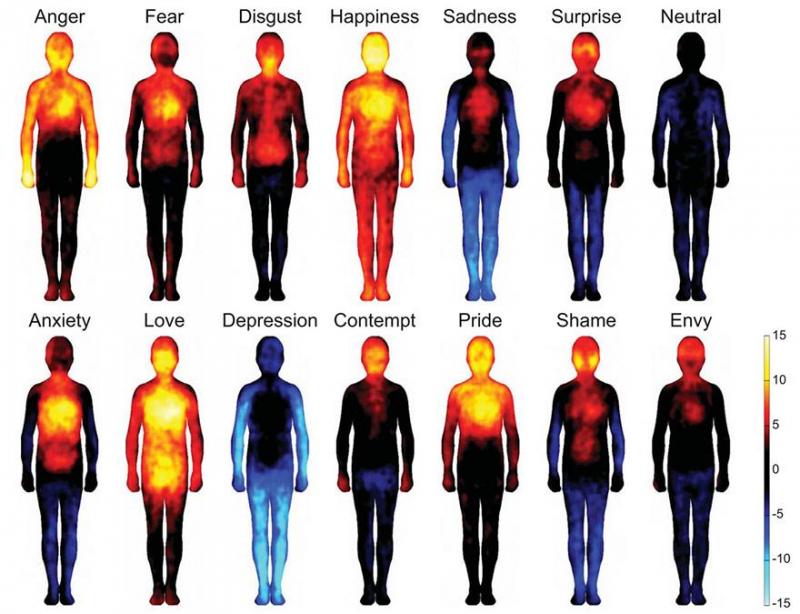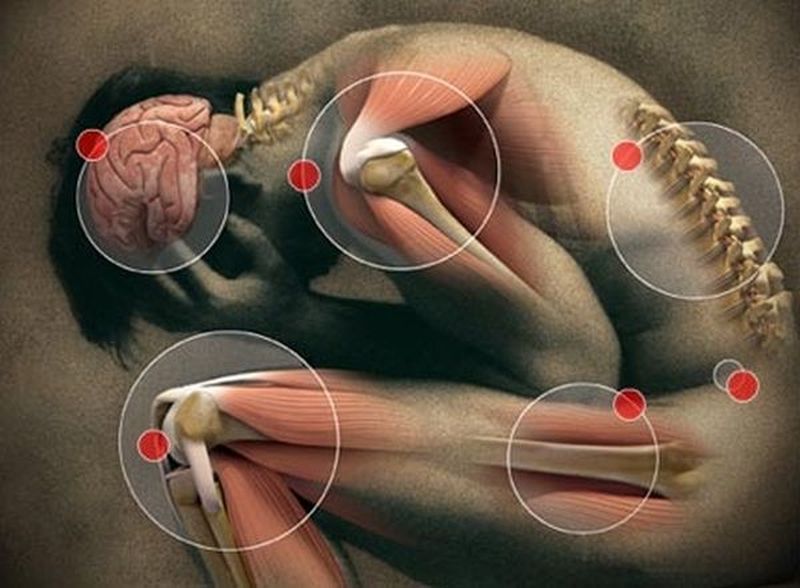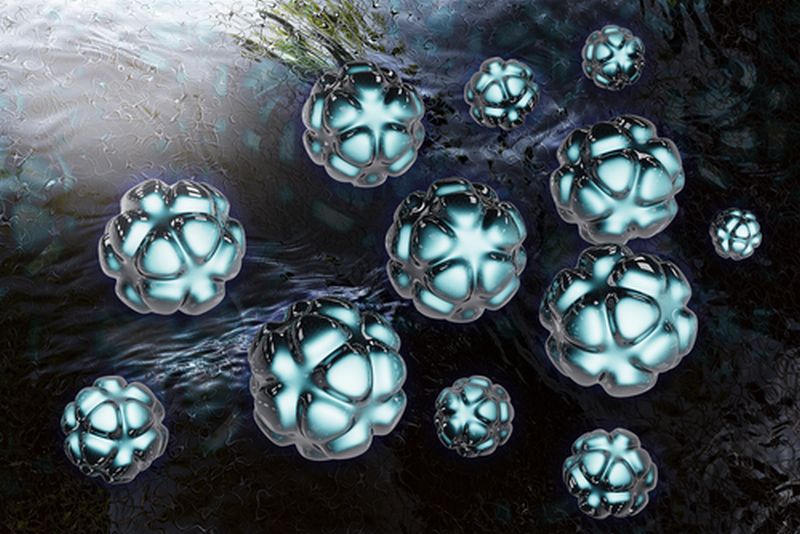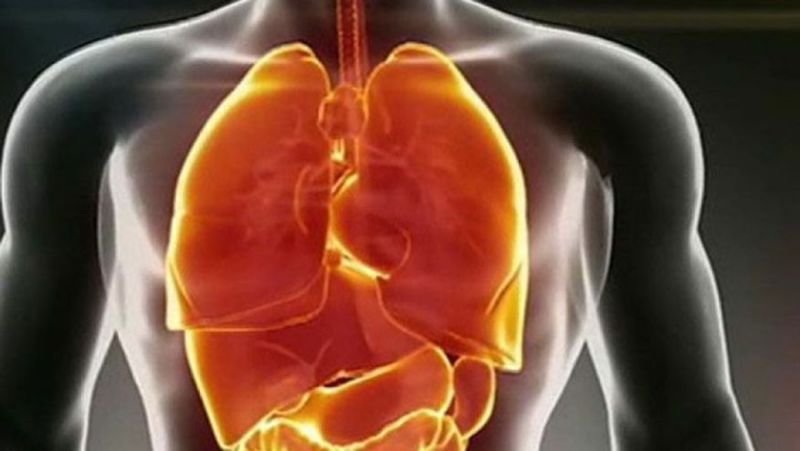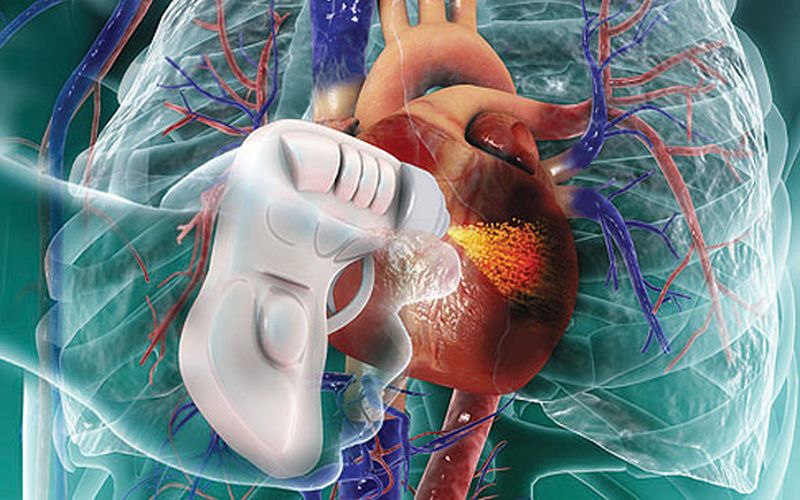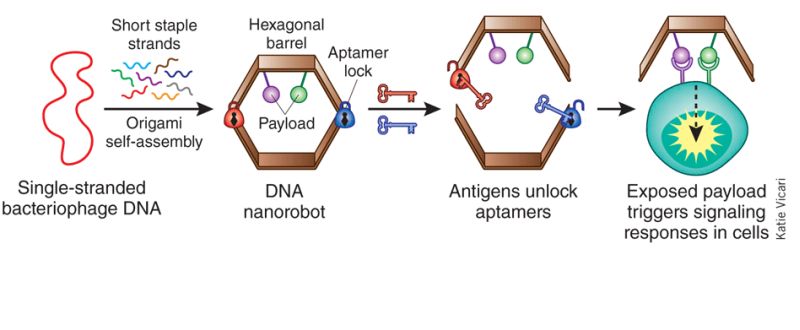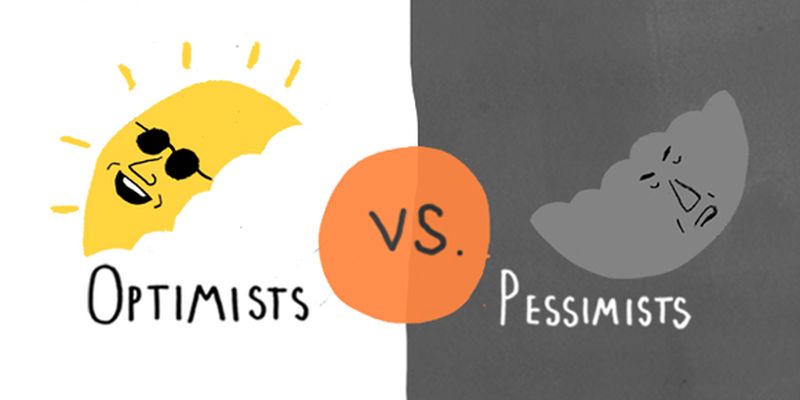Researchers have always wanted to know the process by which bacteria become drug or vaccine resistant over the time. They have now an answer to this mystery. To get genetic material that could make bacteria drug resistant, bacteria use recombination method, which is in other words a substitute for sex.
Read MoreCategory: Health Tonics
Predictive Power of Brain: Similar Activity Patterns are Exhibited amid Speakers and Listeners
At times, won’t we experience that while conversing with someone, the other person just say what were thinking or were about to spill out the same topic. And then we mutter, “what a coincidence” or as I say, “great minds thing alike” 🙂 well, this actually is not the case, neuroscientists have discovered new findings about the role of the brain during a communication. They say that people often predict what the speaker is about to say, because the brain activity of the listener is similar to the speaker.
Read MoreCaffeine Consumption Averts Type 2 Diabetes: Nutritional Beverage
If you are coffee addict and cannot cut down on your daily caffeine intake, there is a good news for you. According to a latest study, moderately scaling up coffee consumption can avert the risk of type 2 diabetes. As per Dr Frank Hu and Dr Shilpa Bhupathiraju from the department of Nutrition, Harvard School of Public Health, who led the research team, showed that by increasing the daily coffee intake by just one and a half cups (360 ml, approximately) over a four year span proves beneficial in cutting…
Read MoreLaughter Sets Off Waves Akin to Meditation: The Brain’s Workout
“Laughter is the best medicine” is a very well known saying and is now scientifically proven by researchers. According to a study, researchers have found that laughter in humans can set off brain waves, which are very similar to those related to meditation. The study also reveals that other kinds of incitement can generate various diverse types of brain waves.
Read MoreHeatmaps Reveal Correlation Between Emotions and Body Sensations
Science has proven times and times again that emotions cannot be separated from our physical well-being. Various emotional conditions play an important role in our biology. Brain activity and hormones and examples of things that are affected by one’s various emotional states. A recent study demonstrated that different emotions are judged to correlate with different body parts. The study, published in the Proceedings of the National Academy of Science, was conducted by a team of bio-medical engineers, with 700 participants from three countries, those being Finland, Sweden and Taiwan. The…
Read MoreSelfies Linked to Mental Disorders
We all have this annoying high school facebook friend who posts selfies more regularly than we tend to check our facebook accounts. Well, this old friend is no longer labeled as just annoying, as scientists are exploring tagging this behavior as a mental disorder. Scientists interested in this subject are describing this common obsession with selfies as a compulsive behavior that could be linked to narcissism, addiction and mental illness.Narcissists chase satisfaction from vanity, or others’ recognition of their looks or mental characteristics (Wikipedia)- this definition seems to somewhat fit…
Read MoreGenes Responsible for High Tolerance for Pain: Ache’s Genetic Basis
Every person is unique and is different from others. Even identical twins have different taste and behave differently. Likewise, every person has a different threshold level of bearing pain. Researchers working on the topic have found four important genes that determine the pain tolerance threshold in an individual. And therefore, it varies from person to person depending upon the key gene expression.
Read MoreX-Ray Triggered Nanoparticle Photosensitizer: Photodynamic Therapy
While working upon new security-related radiation detection, researchers at the University of Texas, Arlington discovered an advance in photodynamic cancer therapy. Wei Chen, professor of physics at the UT Arlington, noticed an odd luminescence emitted by copper-cysteamine (Cu-Cy) nanoparticles when while working on an experiment where he was exposing the nanoparticles to X-rays. Upon further investigation, he found out that the luminescence was the byproduct of lost energy that the particles were diffusing. The same byproduct is also utilized in photodynamic cancer therapy to destroy cancer cells.
Read MoreProduction of Blood Now on an Industrial Level: Artificial Blood from Stem Cells
The advancement in science and technology have made possible for humans to tackle life-threatening diseases to highly intricate surgeries. Medical science has reached a mark where it has potential to create artificial organs for transplant, saving millions of lives. And now researchers have discovered a way to create human blood, using stem cells.
Read MoreAvoid Hunger to Maintain Dynamics of a Relationship: Starvation causes Marital Squabble
We have heard that an empty mind is a devil’s home, but have you ever heard that empty stomach can even turn you into a devil? “Hangry” is the word that describes the situation even better, which is being hungry to an extend that it makes one angry. A new study conducted on married couples suggests that hunger makes couples aggressive and angry.
Read MoreHuman Heart with 3-D Printer: A Blend of Natural and Artificial
In recent years, 3D bio printing technology is being widely used by biotechnology firms and academia in tissue engineering applications with the help of inkjet techniques to create organs and other body parts. Using the innovative 3D bio printing technology, researchers have already created functional splints, valves and a human ear and are now trying to create a functional human heart for transplant, employing the patient’s cells. However, it would take years before one of these 3D printed hearts can be actually implanted in the human body.
Read MoreThe ‘Second Coming’ of a Living Organ: Harnessing Body’s Repair Mechanisms
Today, many patients worldwide are waiting for organ transplant, but there is acute shortage of organ available for the transplantation. There are complications related to closely match the group of donor and the patients and even if matched there are still chances that the immune system of the patient’s may reject the transplant. Therefore, researchers are studying to regenerate organ for patients on a worldwide scale. Although the process of growing bio-artificial organ is very complicated, the long medical research has finally reached a point where it has now become…
Read MoreLiving Computers inside Alive Cockroaches to Deliver Drugs: DNA Installed Nano-Robots
In an attempt to study complex programs and to identify and cure certain diseases, researchers at the Wyss Institute at Harvard University and Bar Ilan University in Israel, have come out with a breakthrough that involves DNA-based nanobots. Researchers were able to embed these nanobots into a living cockroach. These origami robots bear fluorescent markers that allow the scientists to predict about their location within the insect. By interacting with each other, these nanobots were seen performing simple logical operations as well claimed the researchers.
Read MoreSpare your Health: Sleep Tight
The Hiffington post has recently gathered evidence from a growing body of literature which offers insight into what happens to one’s body when missing out on the usually recommended seven to nine hours of sleep per night. Frightening results have been published in the Huffington’s piece indicating that sleep is not just good for your beauty. Although the term “beauty sleep” is proven correct scientifically, it is merely one of the various result (and possibly one of the least significant) in comparison to everything else one can develop due to…
Read MoreReinforcing Positive Thinking Can Morph a Pessimist to an Optimist: Behavior Analysis
Brain determines whether an individual is an optimist or pessimist by nature. It’s been quite some time experts were working on defining a set approach that establishes a person’s attitude towards life and lately Jason Moser from Michigan State University has been able to derive a ‘brain marker’ which is responsible for differentiating between positive minded people from negative minded individuals.
Read More

